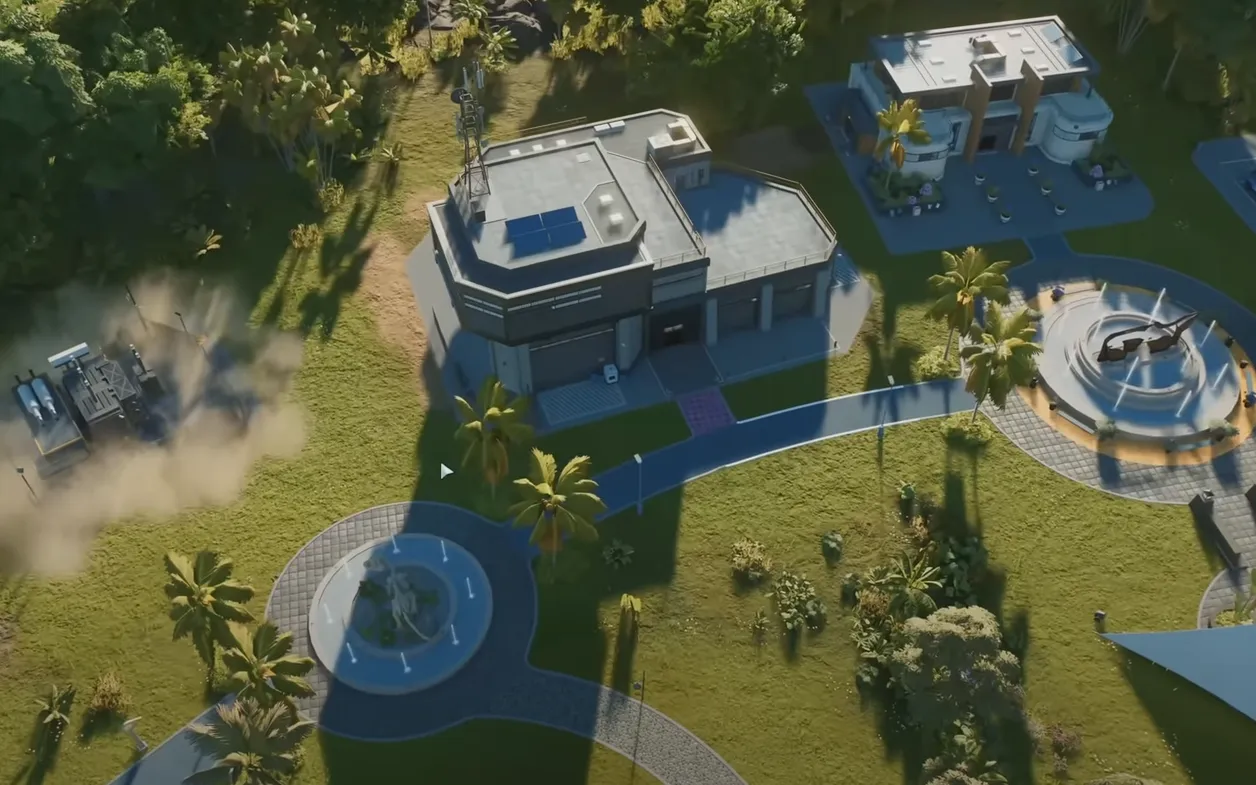Jurassic World Evolution 3 doesn’t hide it: your parks live or die by their cashflow. New exhibits, research, staff, power, and emergency response all demand money, and a few slow in‑game hours in the red can end a scenario. The path to solvency is a mix of smarter spending, tuned amenities, and quick cash injections you can trigger on demand.
Start with your finances menu (and stop the bleeding)
Open the Management menu and go to Finances. Use the two core views:
- Income and Upkeep: your profit trend over time (ticket sales, amenities, ongoing costs).
- Proceeds and Spending: one‑off cash in/out (demolitions, minerals sold, new builds).
When profitability dips, pause expansions. Cut fixed costs before chasing growth: fire idle or oversized scientist teams, halt research and expeditions temporarily, and switch off nonessential buildings. If a facility isn’t covering its upkeep, either deactivate it (no power draw, no revenue) or demolish it for an instant refund. Don’t expand again until your trendline is positive.
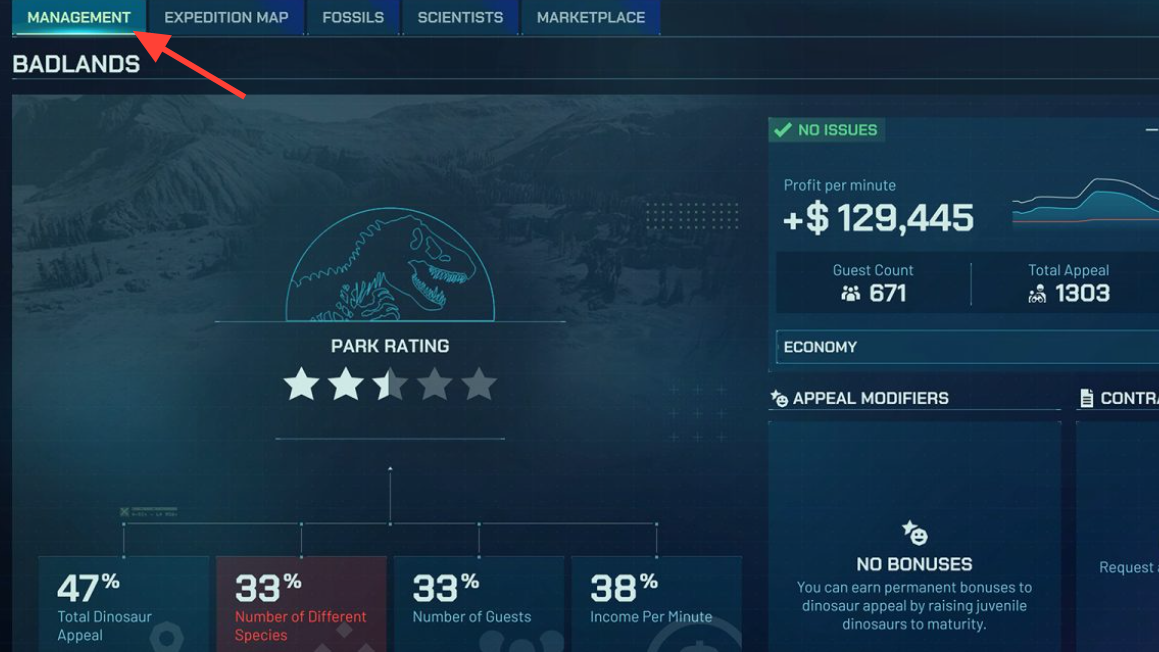
Make guests spend more: amenities, placement, and tuning
Guests spend at amenities and your ticket booth. Ticket sales scale with how many people visit; guest spending scales with how well you serve them on the ground.
- Amenities come in three types: Food, Drink, Shopping. Most can be built in small, medium, and large sizes; Restrooms are utility buildings.
- Place amenities in high‑traffic zones. Use the amenity demand heatmap and “Projected Guests” readout to decide where and what size to build.
- Upgrade size when an amenity hits capacity and nearby demand is still high.
- Customize each amenity’s Products and Features to match nearby guest demographics (General, Adventure, Nature, Luxury). Tuning for the local mix raises usage and profit.
- Use the Profit Generation management view to spot underperformers and remove anything that consistently loses money.
Boosting park appeal brings more bodies through the gate, which amplifies both ticket revenue and amenity sales. Variety helps: mix species thoughtfully, keep exhibits comfortable, and add strong sightlines with viewing points and guided tours. Parks also benefit when animals are bred naturally in‑pen and when guests can see juveniles, so habitats with nests and stable comfort scores pull their weight.
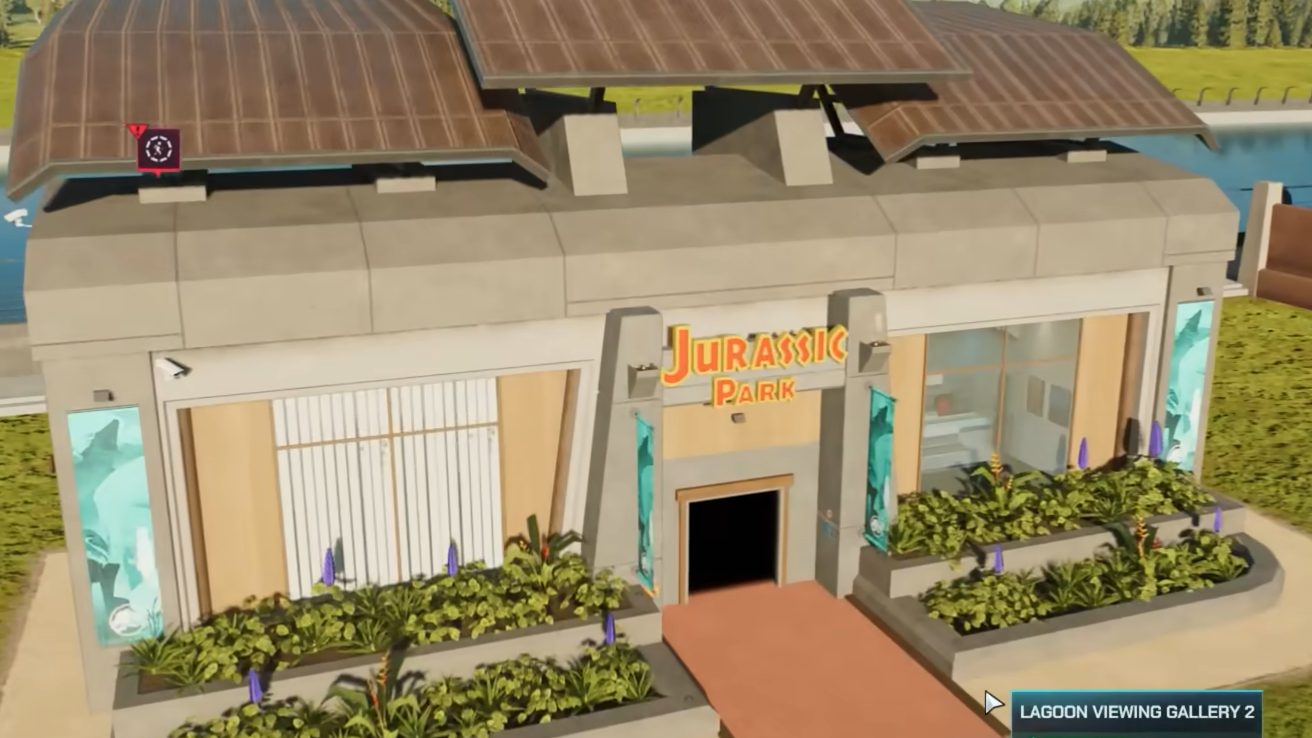
Coverage that quietly lifts income
Approval impacts who comes back and how many arrive in the first place. Keep coverage for core needs near 100% in active areas:
- Restrooms and shelters along busy paths and near exhibits.
- Transport coverage that connects remote enclosures to amenities and hotels.
- Hotel capacity sized to current peak visitors; add more only when occupancy trends high.
These are not glamour builds, but filling red gaps in their views improves Guest Comfort and Guest Approval, which feeds directly into ticket sales and amenity throughput.
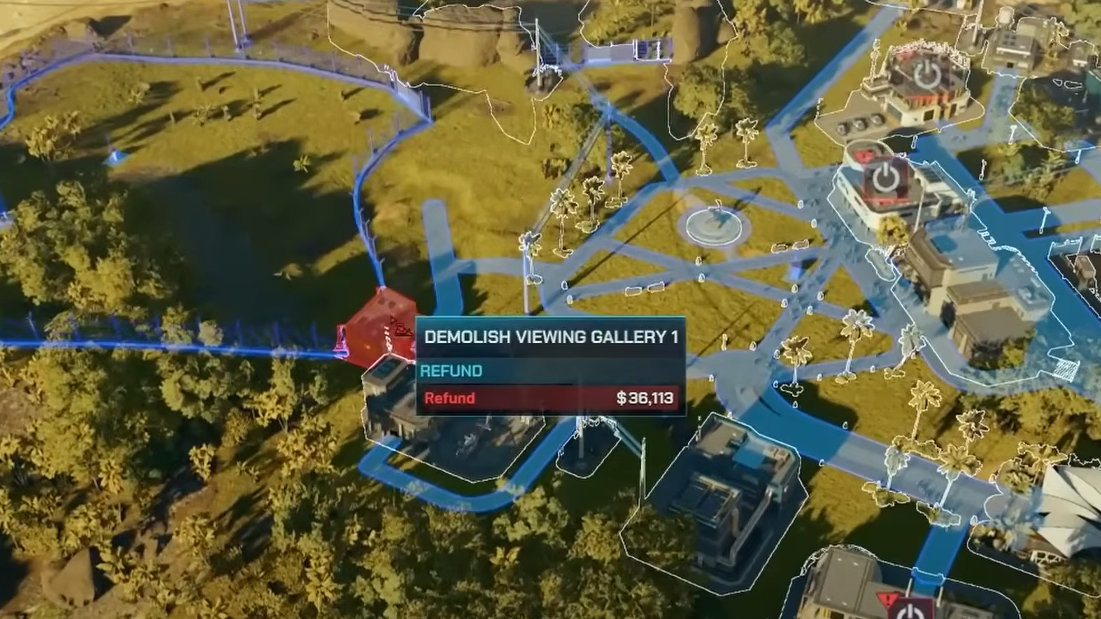
Contracts: guaranteed cash (pick fast objectives)
Contracts deliver instant money and reputation, often with a timed bonus. You can request a new one from the Control Room and only one can run at a time. Choose objectives you can complete quickly for the time bonus, and avoid paying to refresh the list unless you must—the fee is roughly $45,000. While a contract is active, stay in the park; leaving for another site cancels the tasks and wastes time.
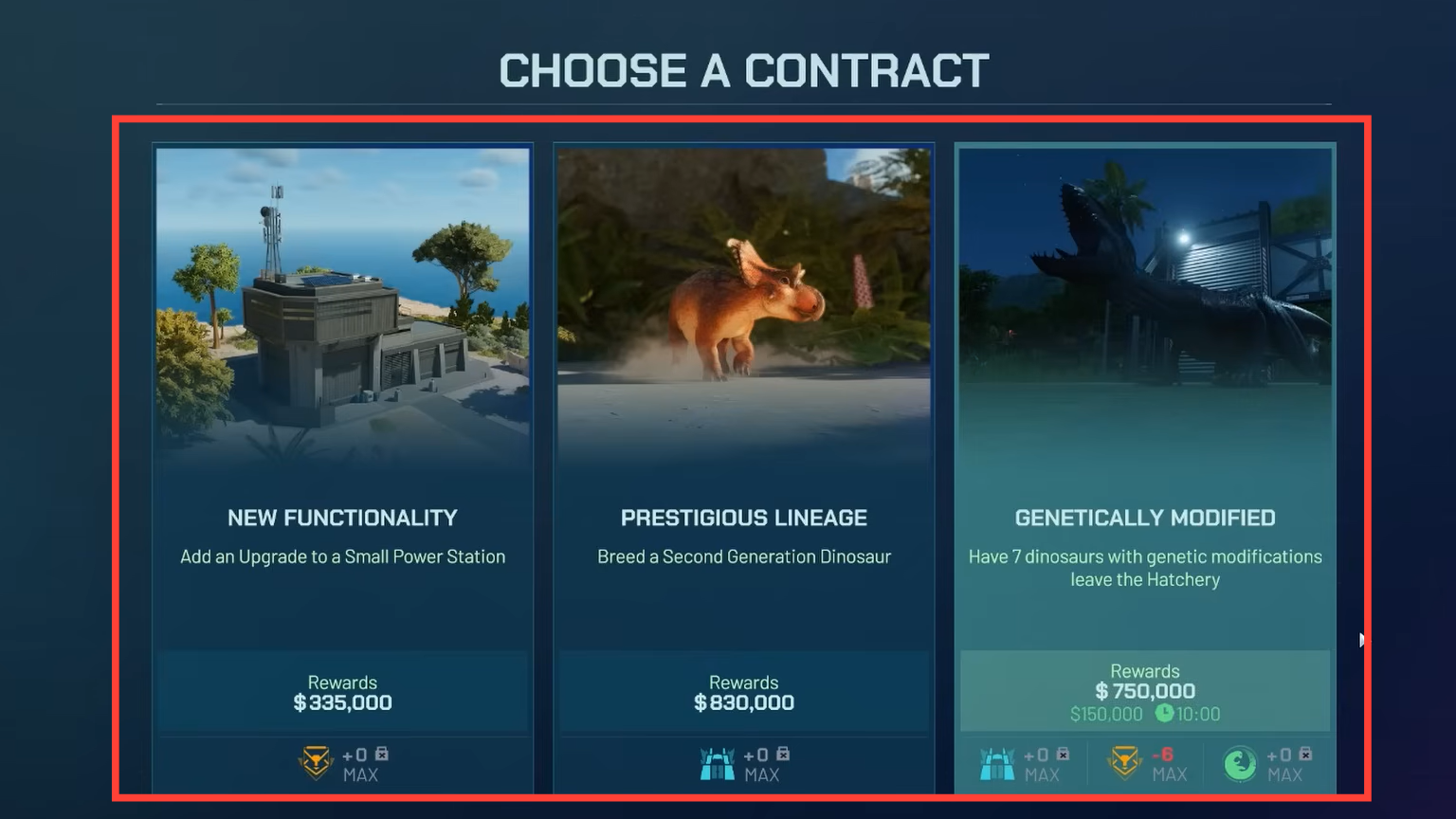
Expeditions and minerals: sellables that fund the next step
Regular expeditions bring back two buckets: genetic fossils you’ll use, and precious minerals or nonessential fossils you can sell immediately for cash. Keeping at least one expedition cycling is an easy way to seed your balance without touching your operations. Typical sale values include:
| Mineral or Fossil | Sale value |
|---|---|
| Chordate Fossils | $40,000 |
| Conifer Fossils | $40,000 |
| Fern Fossils | $40,000 |
| Turtle Fossils | $40,000 |
| Ammonite Fossils | $90,000 |
| Snake Fossils | $90,000 |
| Osmium | $110,000 |
| Amphibian Fossil | $130,000 |
| Bird Eggs | $130,000 |
| Aquatic Plant Fossils | $230,000 |
| Gold | $230,000 |
| Dinosaur Eggs | $390,000 |
These sales often cover the expedition cost and then some, turning your science teams into a self‑funding revenue stream.
Photos: fast money from your rangers
Your park teams can monetize research photography. Take direct control of a ranger vehicle, drive into an exhibit, press F to ready the camera, and frame the shot. Payout rises with:
- Diversity and ages in frame (multiple species, include juveniles when possible).
- Behaviors captured (e.g., resting, sleeping, panicking, running, socializing, drinking, eating, hunting, flying, swimming).
- Composition (clear subjects, not obstructed by fences or vehicles).
Don’t spam the same dinosaurs—repeats get penalized. Keep each photo distinct and you can bank thousands quickly while your operations tick along.
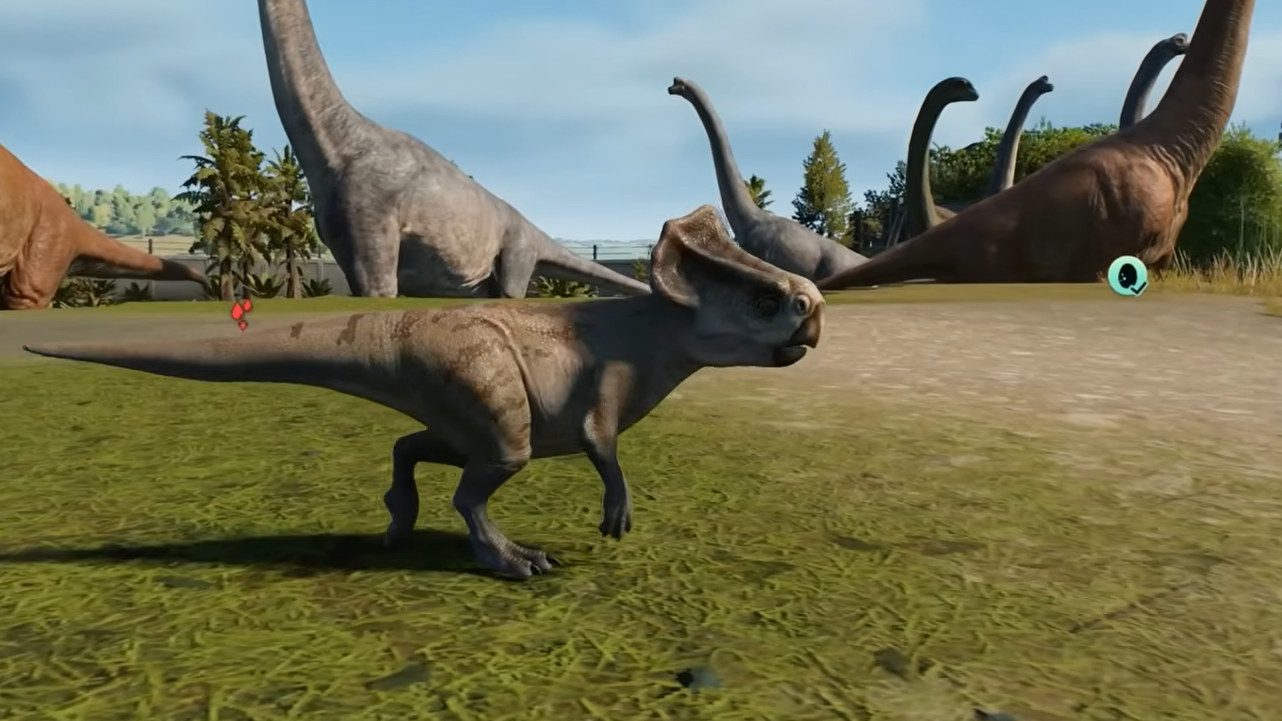
When you’re near bankruptcy: a triage plan
- Demolish nonessential buildings for instant refunds; deactivate anything you might reuse later.
- Request a quick contract you can finish within the bonus timer.
- Run a photo loop through your most active exhibits for rapid cash.
- Sell stored minerals and nonessential fossils.
- Release or fire expensive staff until costs align with current throughput; pause research and building.
Occasionally you’ll be offered easy money from suspicious sources. It can resolve a crunch, but park scenarios may attach consequences later—use only if you accept the trade‑off.
A repeatable loop for steady growth
Once solvent, keep the loop tight: improve Guest Comfort and Appeal to lift ticket sales; build or upsize amenities where demand is high; retune Products and Features to match the local demographic; run a contract in the background; keep expeditions rolling for sellables. Check Finances after any storm, sabotage, or exhibit rebuild, then stabilize before your next expansion. This cadence compounds, turning early trickles into the millions you need for late‑game sites.

